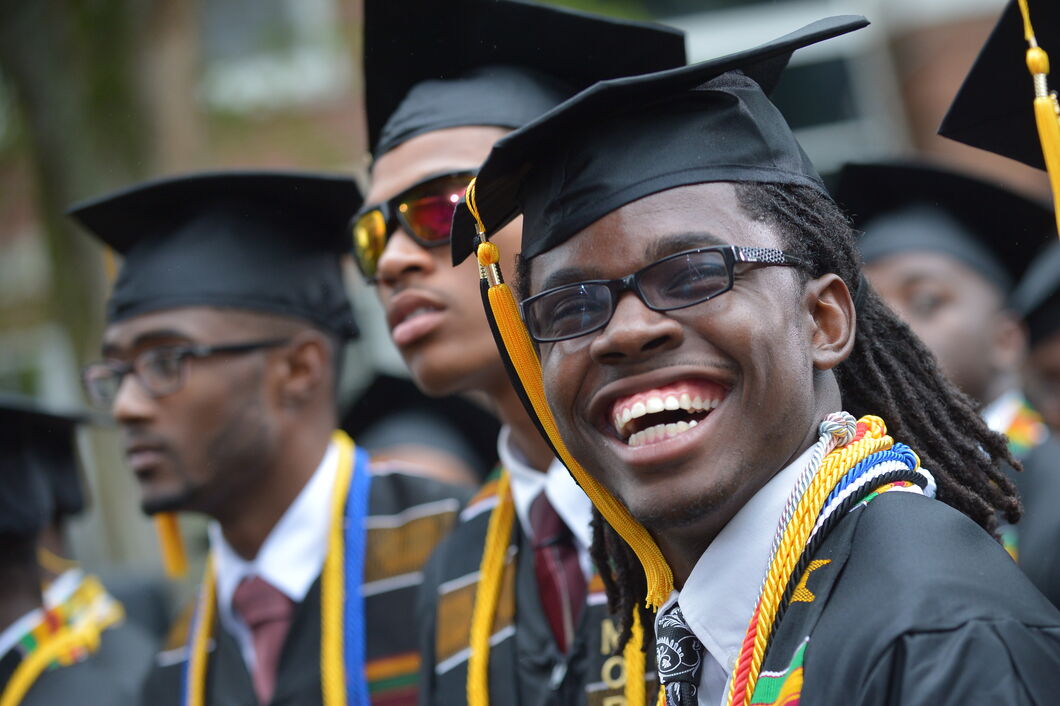
The Lasting Impact Of HBCUs On American History
In honor of HBCU Week, we’re celebrating the gifts that are Historically Black colleges and universities!
HBCUs serve many functions in American society. Not only did they provide educational opportunities to Black Americans when most predominantly white institutions shut them out centuries ago, but they continue to serve an important role in Black culture. These institutions have also left their mark on American history as a whole due to their various contributions.
To understand these contributions, let’s roll the clock back to the 1800s. The earliest HBCUs are dated back to the 1830s, but many were founded after the Civil War. Most HBCUs were established by Black ministers and white philanthropists across the South to educate freed slaves. The second Morrill Land-Grant Act of the 1890s mandated that either public universities open their doors to Black students, or establish more HBCUs.
These schools started off giving basic and secondary education, their prospects limited to farming, religion, and teaching. Eventually, they expanded into the sciences, law, politics, the medical field, and more. In fact, HBCU historian Marybeth Gasman argued that HBCUs are the reason many Black Americans are in the sciences.
“If we didn’t have black colleges, we would have almost no African Americans in the sciences,” she said. “We wouldn’t have any in technology. We’d have very, very few black doctors. We’d have very few black dentists, almost no black people in computer science …. We would take a hit in terms of African Americans in all of these different fields. I think that’s not a hit I want to see.”
According to American Radioworks, almost all Black Americans got their college education at HBCUs before desegregation in the 1950s and 60s. These institutions were producing most of America’s Black doctors, lawyers, dentists and other professionals. Howard University archivist Clifford Muse called this period in the 20th century “the golden age” for HBCUs.
“When segregation was rampant some of the most brilliant black educators had to come to [black colleges] in order to have an opportunity to teach. They couldn’t go any place else,” Muse remarked.
During that period, over 80 percent of all Black Americans “received degrees in medicine and dentistry were trained at the two traditionally black institutions of medicine and dentistry–Howard University and Meharry Medical College,” according to the U.S. Department of Education (DOE). The department also noted that HBCUs account for 19.7 percent of degrees awarded in medicine and dentistry to Black students today.
Now, there are over 100 HBCUs across the United States. They still serve an important role in educating Black Americans, even though more Black students are also attending PWIs. They produce 24 percent of Black STEM graduates despite representing around 3 percent of all American colleges, according to American Radioworks.
“HBCUs have provided undergraduate training for three-fourths of all black persons holding a doctorate degree; three-fourths of all black officers in the armed forces; and four-fifths of all black federal judges,” DOE reported.
HBCUs have not only provided Black people a path to postsecondary education, but these institutions have kept Black Americans in a variety of career fields throughout history. Even into our modern-day, HBCUs continue to serve a vital role for both Black Americans and American society. And most recently, they’ve been credited for producing the first Black female vice president of the United States, Kamala Harris, who graduated from Howard University.
Sorry, the comment form is closed at this time.
